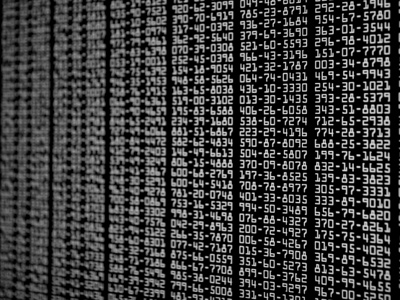
Unit 4 - Range
This GCSE Biology quiz is all about the range of data. In a scientific investigation, the range describes the maximum and minimum values of the independent or the dependent variables studied. It helps to detect any patterns in the data. Range is usually quoted as '10 mm to 70 mm' or '70 mm to 10 mm'. Top grade students would be using this to explain the limitations of their results, for example 'between 10 mm and 70 mm the pattern is ...'. They would then go on to say that it would be useful to conduct further work to investigate a higher and lower range.
In mathematics, the range of data is defined as the difference between the lowest number (minimum) and the highest number (maximum) in the data set and is useful when applied to the data obtained from repeating an experiment. The smaller the range of the repeats, the higher the precision of the experiment and the more reliable the data. Top grade candidates in science will be using mathematics to analyse their results. They could use the range to help their arguments for or against the reliability of their experiment.
12, 14, 16, 13, 17, 19
15, 18, 25, 18, 45
22, 14, 16, 19, 11, 28
25, 16, 18, 10, 12, 16, 17
Ready for more?
not all...
quizzers. Try to win a coveted spot on our Hall of Fame Page.







